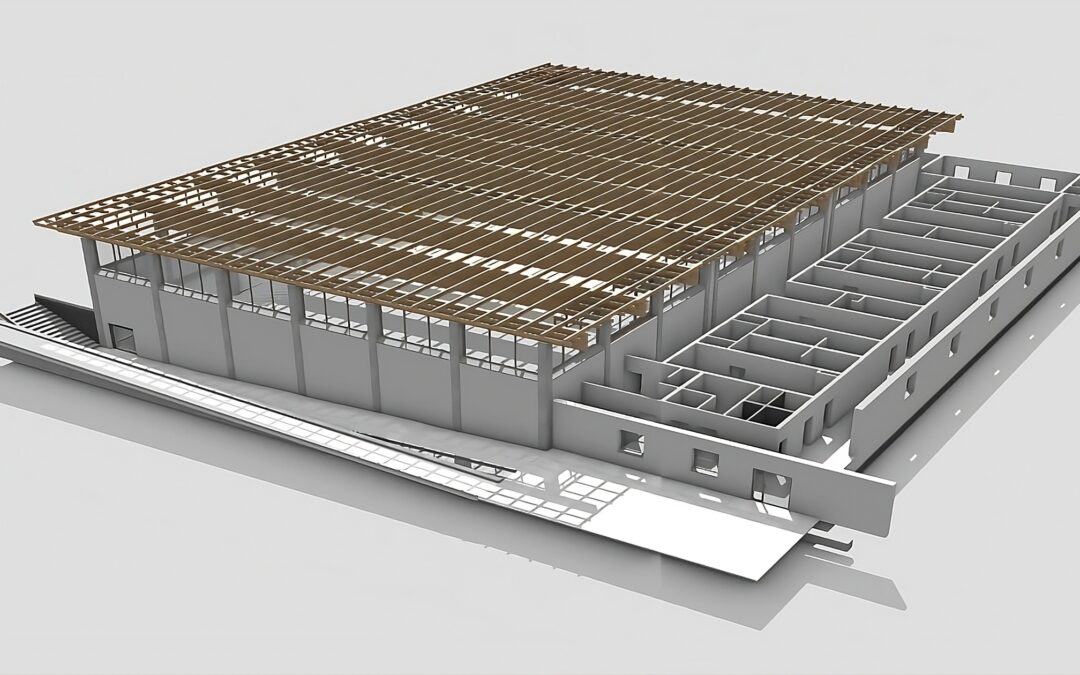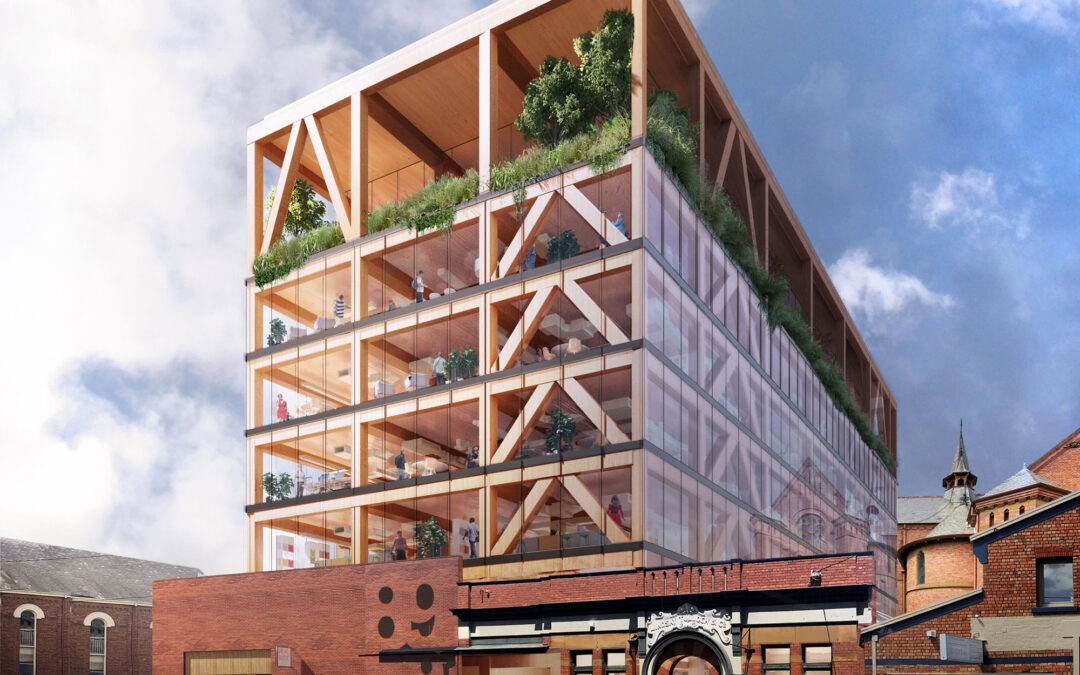According to a stat snapshot from the World Economic Forum, global house prices are rising at their fastest rate in forty years. Rents in Europe were up 14.5% in the first quarter of 2024, while Asian renters and 11 million people in the US continue to spend over half their income on rent. And it only gets worse in the UK – England is now the most difficult place to find a home in the developed world.
Domain data shows Australia’s national vacancy rate has hit an all-time low of 0.7%, and recent Bureau of Statistics figures indicate continued sluggishness, with building approvals dropping another 1% in January after a 10.1% decrease in December. This underscores a notable issue, particularly with approvals for detached homes at an 11.5-year low.
So, how did we reach this point, and how do we address it?
Why we’re in crisis
- Population and household growth
According to Census data, nearly 1 million new households were formed between 2016-2021, up 11.9%. Because available housing isn’t keeping pace with population and household increase, Australia is experiencing a critical shortage of homes.
The post-COVID period saw shared households disband and relationship breakdowns, leading to a 17.1% increase in single-person households. However, this surge contrasted sharply with a modest 10.6% uptick in new dwellings, aggravated by disruptions in construction, including supply chain bottlenecks and worker shortages. As a result, a significant gap has emerged between housing supply and demand.
- Border impact
While reopening the international borders didn’t solely cause the current housing crisis, it contributed to decreased vacancy rates when the demand for rental housing surged.
- Short-term rentals
Short-term platforms like AirBnB don’t inflame rental affordability in major cities as a whole but do impact the availability of rental properties in inner city, regional and coastal areas in high tourist demand.
The action plan
So what can we do about it? In a nutshell – build more strategically located, affordable rental properties by speeding up approvals at the council level, loosening planning controls, and offering readily available land at affordable rates so developers can meet the supply level.
- Matching homes to communities
According to 2021 AHURI research, low-income households, a crucial part of the workforce, find it increasingly challenging to secure affordable rental housing close to employment hubs in major urban centres. These households face affordability stress, with 71% paying rent greater than 30% of household income. They’re also grappling with long commutes to access employment.
Greenford Quay and Lyons Dock in London demonstrate successful BTR placemaking, offering high-quality amenities that surpass private rentals while understanding resident needs and community vision.
AHURI research asserts this requires a threefold solution:
- Provide for an increase in affordable rental housing close to main employment areas.
- Improve connectivity to suburban and satellite city housing through investment in transport and communications infrastructure.
- Achieve concentrated decentralisation by fostering new employment clusters through funding interventions and digital innovation.
- Precision assistance
In short, the Commonwealth Rent Assistance (CRA) isn’t keeping pace with the Consumer Price Index (CPI). Over a third of low-income CRA recipients still struggle with housing affordability.
AHURI has proposed reforms to the CRA, targeting eligibility rules around those in greatest need. This adjustment could reduce CRA recipients experiencing housing stress by 44% and generate $1.2 billion in annual savings.
- Scaling to demand
The new Housing Accord aims to foster the construction of one million well-located homes within five years from 2024. While the private market will chiefly supply the new housing, the Accord seeks to accelerate development and facilitate institutional investment in social and affordable housing through the Housing Australia Future Fund.
The UK market shows scaling in BTR offers economic benefits like lower costs for renters and attractive returns for investors. It also supports sustainability and community well-being, benefiting tenants and addressing housing shortages.
Build-To-Rent explained
Build-to-Rent (BTR) is housing specifically designed for rental purposes, not for sale. It features longer tenancy agreements and management by the owner or operator. It’s different to the private rented sector (PRS), where a private landlord owns the dwelling and leases it to a tenant.
UK data indicates a shift from homeownership to private rental housing over the past decade. Among 25-34-year-olds, the rate rose from 63% in 2010 to 69% in 2020, while for 35-44-year-olds, it increased from 17% in 2010 to 26% in 2020.
As a norm, BTR projects attract institutional investors and property companies looking for sustainable long-term returns. But to work, BTR has to be done well and incorporate flexible design, with facilities and services, building a sense of place and community, providing high-quality amenities and environment for a healthy lifestyle, and connecting residents through social events.
With 96,091 units completed at the end of 2023, BTR now represents about 2% of the total private rental stock in the UK. Add to this, a further 66,927 units under construction, and 113,909 in the long-term planning pipeline. At current growth rates, the sector is projected to double within the next five years.
Can this act as a roadmap for the Australian market?
The benefits of BTR
Let’s consider the advantages of this housing type from the perspective of different stakeholders.
For investors and developers
- The long game
While house prices and rents keep rising, well-maintained and effectively managed BTR projects offer long-term benefits. Incoming rent and an increasing asset value make for a less erratic, high-quality investment.
- Beyond the CBD
In the UK, BTR projects succeed in urban and suburban areas with competitive land value, transport options and employment opportunities. This housing type is generally effective in dispersed ‘employment clusters’ where the location offers accessible amenities within 15 minutes on foot or bike.
- Speed to market
Rental developments are faster to complete than housing for sale because they don’t face the same risk of saturating the market. Modular and prefab construction methods can additionally expedite the process.
- Technology
Smart buildings are pivotal for the future of housing developments. Achieving net zero goals requires investment in IoT technologies like sensors, monitors, and advanced operating systems.
For residents
- All-in-one
Through contemporary, community-centred design, BTR homes offer one place to work, live and play. These dwellings are complete communities with accessible amenities, less emissions, and lifestyle facilities like parks, gyms, restaurants and workspaces.
- Premium in and out
Successful BTR projects have highly maintained facilities with 24-hour staff and security support, creating a sought-after, extended home for residents.
- All welcome
Skilled BTR operators employ flexible design focused on contemporary, sustainable features to attract a wide demographic, including house sharing for young workers and families.
- Beyond the young professional demographic
Not just for the young, BTR schemes can cater to the family suburban rental market. In the UK, the last decade has seen a rise in private renting among 35 to 44-year-olds. There’s an opportunity in Australia to develop, own and operate single-family rental homes for families in this age range.
For government
- Facilitate initiatives
BTR projects are an effective solution in enabling government housing initiatives. Because BTR offers larger-scale options than BTS, this increase in cost-effective housing options is an attractive avenue for tackling Australia’s housing supply deficit while supporting the construction industry.
BTR to the rescue
The housing and rental crisis is a growing concern, making the potential of the BTR development model a beacon of hope in an otherwise challenging market. With successful projects like SOPA in Sydney and The Bermondsey Project in London, BG&E is a leader in BTR delivery. For inspiration, learn more about our global developments, or contact our structural engineering team to discuss your BTR project.
Related Resources:
Hyper Urban Density is Transforming How we Work, Live and Play | BG&E (bgeeng.com)



